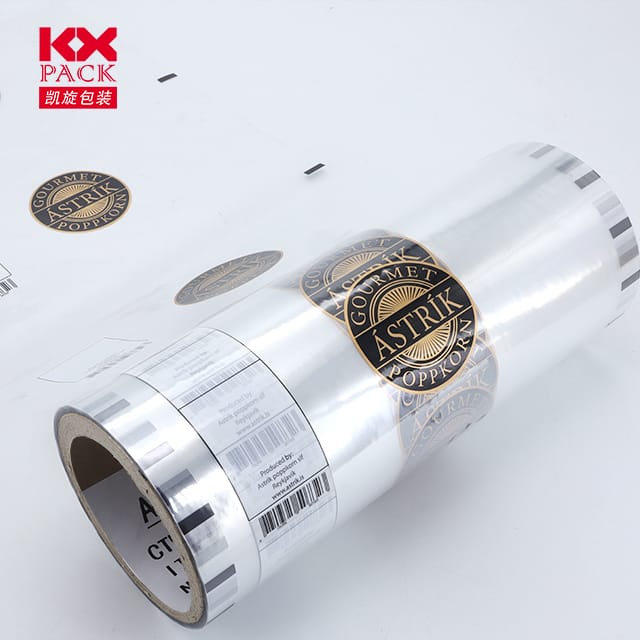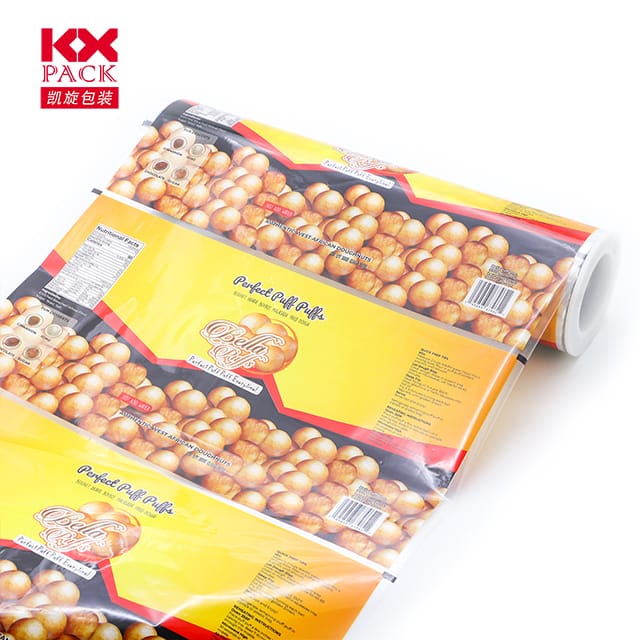フィルムバッグ: 軟包装の縁の下の力持ち
フィルムバッグ
In a world dominated by convenience and sustainability, sachet film has emerged as a critical player in the packaging industry. これらの小さな, 使い捨てのコーヒー袋やトラベルサイズのバスアメニティから、調味料の小袋や医薬品ストリップまで、多用途のポーチがどこにでもあります。. しかし、なぜサシェフィルムが不可欠なのか, そして現代の需要を満たすためにどのように進化しているのか? Let’s dive into the world of this lightweight yet mighty packaging solution.
サシェ映画とは何ですか?
Sachet film refers to thin, flexible laminated materials used to create small, sealed pouches (sachets) for packaging liquids, powders, or semi-solids. Typically composed of multiple layers—such as polyester (ペット), ポリエチレン (PE), アルミホイル, or biodegradable polymers—these films combine strength, バリア特性, and printability to protect contents from moisture, 酸素, ライト, and contamination.
Key characteristics:
- Lightweight and compact: Minimizes material use and shipping costs.
- Customizable: Available in various sizes, 形, and sealing methods (例えば。, heat-sealed, peelable).
- High barrier options: Some films include aluminum or EVOH layers to extend shelf life.
- Eco-friendly alternatives: Growing adoption of biodegradable and compostable films.
Why Sachet Film Matters
1. Convenience for Consumers
Sachets cater to on-the-go lifestyles, offering portion control and reducing waste. Think of ketchup packets at fast-food chains or single-use face masks in hotels—these small packages deliver convenience without bulk.
2. Cost-Effective for Brands
For manufacturers, sachet film reduces material costs compared to rigid packaging (like bottles or jars) and lowers shipping expenses due to its lightweight nature. It’s also ideal for free samples or trial-sized products, driving customer acquisition.
3. 持続可能性の課題と革新
While sachets are practical, their single-use nature has raised environmental concerns. Traditional laminated films are often non-recyclable due to mixed materials. でも, the industry is responding with:
- Biodegradable films: Made from plant-based polymers (例えば。, 人民解放軍, PHA) that break down under specific conditions.
- リサイクル可能なモノマテリアル: Using single-type plastics (like PE) リサイクルを簡素化するために.
- Reusable sachets: Some brands now offer refillable or durable pouches to reduce waste.
4. 業界全体の汎用性
Sachet film serves diverse sectors:
- 食べ物 & 飲料: Seasoning packets, honey sticks, energy gel sachets.
- パーソナルケア: Shampoo samples, moisturizer pods, travel-sized toothpaste.
- 医薬品: Blister packs for pills, sachets for oral suspensions.
- Agriculture: Seed packets, fertilizer sachets.
The Future of Sachet Film
持続可能性が優先事項になるにつれて, the sachet film market is shifting toward greener alternatives. イノベーションには以下が含まれます:
- Water-soluble films: Dissolve in water, leaving no residue (used for detergent pods).
- 先進のリサイクル技術: Chemical recycling to break down complex laminates.
- スマートなパッケージング: Incorporating QR codes or NFC tags for anti-counterfeiting and consumer engagement.
Brands are also redesigning sachets to be more ergonomic, with easy-tear notches or resealable zippers, enhancing user experience.
結論: Small Package, Big Impact
Sachet film may be tiny, but its role in modern packaging is monumental. By balancing convenience, cost, そして持続可能性, it continues to adapt to consumer needs and environmental challenges. Whether you’re a brand looking to optimize packaging or a consumer enjoying a single-serve coffee, sachet film is quietly shaping how we interact with products every day.
What’s your take on sachet film? Share your thoughts on its sustainability or favorite uses in the comments below!
Want to stay updated on packaging trends? Follow our blog for more insights. 🌍✨






